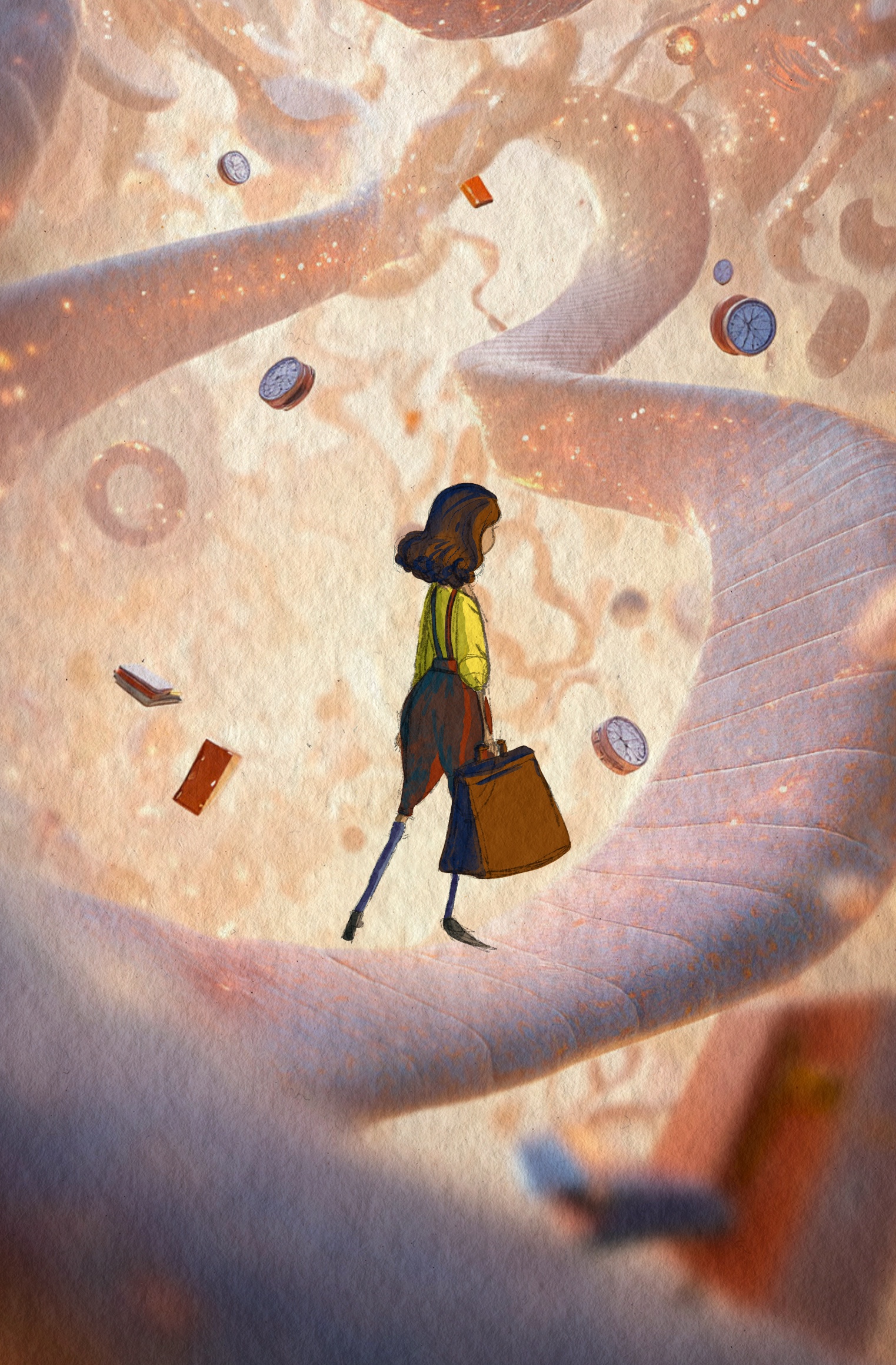Untitled Grief: An Application of Heuristic Inquiry
Abstract
In this presentation I investigate the methods and tools enmeshed in the creation of the short hybrid animated documentary Untitled Grief (Hoyle, 2023). Untitled Grief is one film of a suite of films which are being produced for a practice-led doctoral study (Smith & Dean, 2009). The films seek to document and visualise the human phenomena of loss in order to answer the question: How might a documentary filmmaker heighten resonance in narratives of grief through the use of animated images and sound? The project is underpinned by heuristic inquiry (Moustakas, 1990). Heuristic inquiry bolsters my examination of loss through tapping into autobiographical narratives as a way to uncover meaning while sustaining the focused search to expand the investigation. Potential is released to reveal universal significance of the phenomenon being explored. This type of inquiry is flexible, open and immersive. Tacit knowledge (Polanyi, 1967) is extracted and utilised. The researcher is guided by phases beginning with a focused initial encounter with the topic or question. Heuristic inquiry suggests a system of phases which guides the researcher throughout the research path. As an adaptation to this methodology and being led by practice, a series of principles of engagement have emerged; embracing uncertainty as a tool for creativity; utilising serendipity as a structured occurrence, emboldening the researcher’s poetic self; returning to indwelling with creative projects; aroha (love, respect, empathy) at the core of research practice.
Downloads
Metrics
References
Moustakas, C. (1990). Heuristic research: Design, methodology, and applications. SAGE Publications, Inc., https://doi.org/10.4135/9781412995641
Polanyi, M. (1966) The tacit dimension. University of Chicago Press.
Smith, H., & Dean, R. T. (Eds.). (2009). Practice-led research, research-led practice in the creative arts. Edinburgh University Press.
Copyright (c) 2023 Elizabeth Hoyle
Article text:

This work is licensed under a Creative Commons Attribution 4.0 International License.
Photos:
The images in Rangahau Aranga are not covered by the Creative Commons license and are subject to copyright. Permission to reproduce this material must be sought from the copyright holder concerned.






